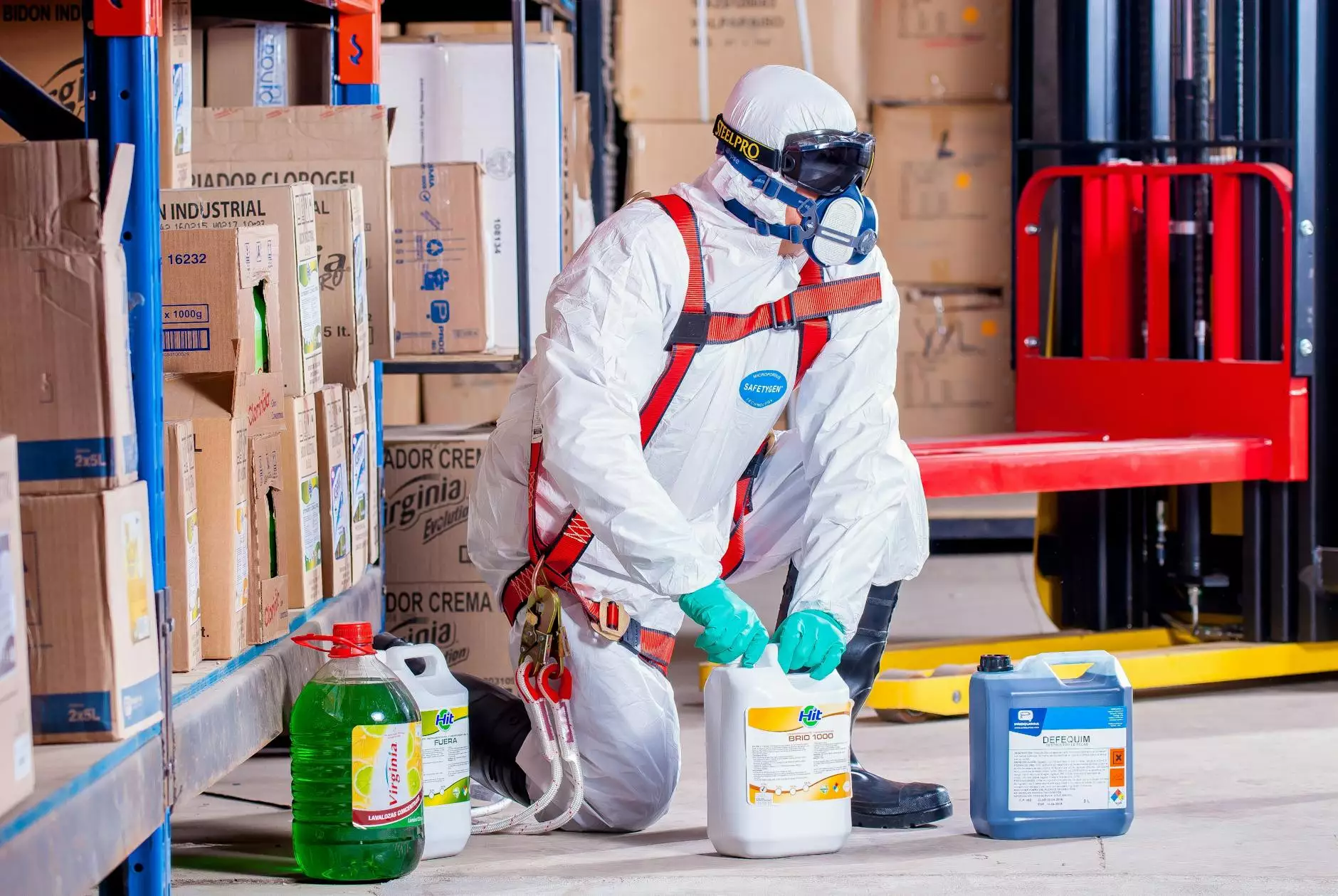Vascular Medicine: Treating Tissue Swelling Caused by Lymphatic Obstruction

Introduction
Welcome to the Vein Center of Arizona, where our dedicated doctors specialize in the field of vascular medicine. In this article, we will explore the causes and treatment options for tissue swelling caused by lymphatic obstruction. Understanding this condition is crucial for providing effective medical care and improving the quality of life for patients.
An Overview of Tissue Swelling Caused by Lymphatic Obstruction
Tissue swelling caused by lymphatic obstruction, medically known as lymphedema, occurs when the lymphatic system is unable to properly drain lymph fluid from a certain area of the body. This leads to the accumulation of fluid, causing persistent swelling and discomfort.
Lymphedema can be categorized into primary and secondary lymphedema. Primary lymphedema is often caused by congenital malformation or genetic factors, while secondary lymphedema usually arises as a result of damage to the lymphatic system after surgery, radiation therapy, infections, or trauma.
Understanding Vascular Medicine
Vascular medicine focuses on the diagnosis, management, and treatment of diseases related to the blood vessels, including lymphatic vessels. Specialists in this field are well-equipped with the knowledge and expertise to address conditions such as lymphedema.
Diagnosis and Treatment
To effectively diagnose and treat tissue swelling caused by lymphatic obstruction, doctors specializing in vascular medicine employ a comprehensive approach. They carefully evaluate a patient's medical history, perform a physical examination, and conduct various diagnostic tests.
One common diagnostic tool used is lymphoscintigraphy, in which a radioactive substance is injected into the body to help visualize the lymphatic system. This aids in identifying any obstructions or abnormalities hindering the flow of lymph fluid.
Once a diagnosis is made, doctors work closely with patients to develop personalized treatment plans. These plans may include a combination of manual lymphatic drainage, compression therapy, exercise programs, and skin care management.
The Role of Manual Lymphatic Drainage
Manual lymphatic drainage (MLD) is a specialized massage technique often employed in the treatment of lymphedema. Skilled therapists gently stimulate the lymphatic system, helping to redirect stagnant lymph fluid and promote its proper drainage.
MLD can help reduce tissue swelling, enhance circulation, and improve overall lymphatic function. It is typically performed in addition to other components of a comprehensive treatment plan.
Compression Therapy and Exercise Programs
Compression therapy involves the use of specialized garments or bandages to apply controlled pressure to the affected areas. This pressure promotes fluid movement, prevents further swelling, and helps maintain the reduced size of the limbs.
Exercise programs, designed under the guidance of medical professionals, can significantly contribute to managing lymphedema. Specific exercises help improve lymphatic flow, increase muscle pump activity, and support overall tissue health.
Effective Skin Care Management
Patients with lymphedema must pay close attention to their skin health. Proper skin care routines, including regular moisturizing and diligent hygiene practices, help minimize the risk of infections and further complications.
Conclusion
Tissue swelling caused by lymphatic obstruction can have a profound impact on an individual's well-being and quality of life. However, with the expertise of doctors specializing in vascular medicine and their comprehensive treatment approaches, a path towards effective management and relief is within reach.
At Vein Center of Arizona, our dedicated team of vascular medicine specialists is committed to providing compassionate care and tailored solutions to individuals struggling with lymphedema. Contact us today to schedule a consultation and take the first step towards a better life.
tissue swelling caused by lymphatic obstruction is called









